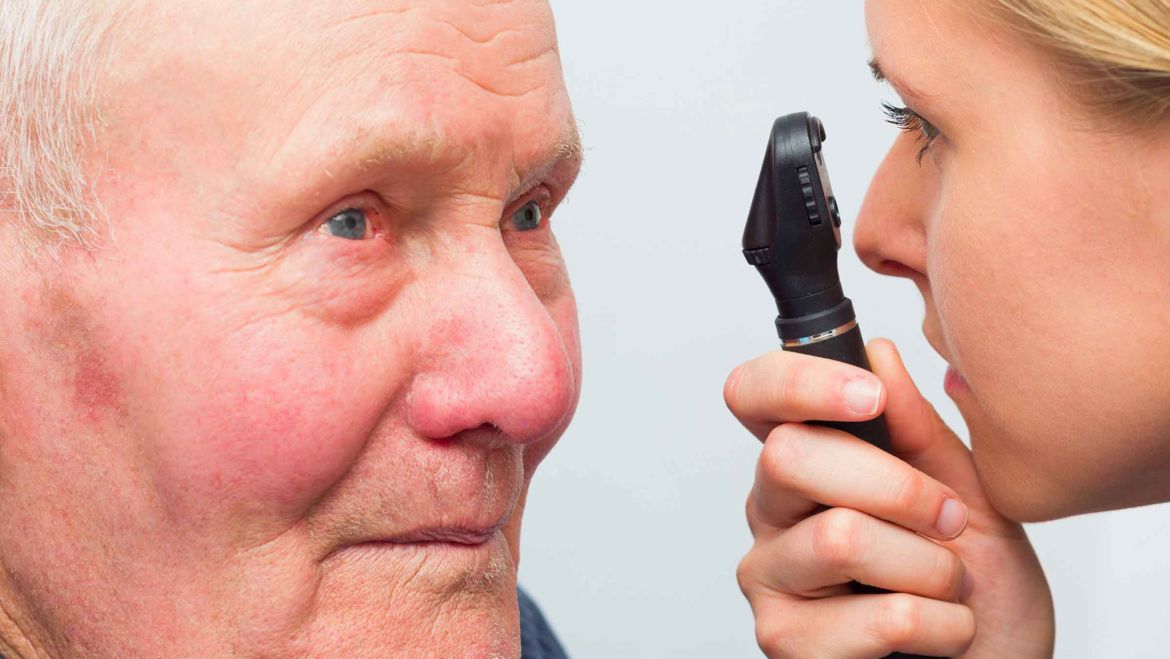June is Cataract Awareness Month and we want to help you understand cataracts. Early detection and treatment of cataracts is critical to preserving sight, according to the American Academy of Ophthalmology. If you or your loved one you know is suffering from cataracts, schedule an appointment with your ophthalmologist today.
What are Cataracts?
A cataract is the clouding of our eye’s natural lens. The lens of our eye bends light so that we can properly see the world around us. Cataracts cause things to look blurry and less colorful and can result in blindness if not diagnosed and treated early.
Cataract Symptoms
There are multiple symptoms that can indicate the presence of cataracts. If you experience any of these symptoms, please schedule an appointment with your ophthalmologist today:
1. Vision is fuzzy or blurry
2. Difficulty seeing at night
3. Colors appear dull or yellowish in hue
4. Sensitivity to bright lights
5. Double or multiple vision in one eye
6. Halos are visible when looking at lights
7. Eyeglass or contact lens prescriptions updated frequently
Early Detection
Cataracts can only be accurately detected by your ophthalmologist. According to the National Eye Institute, your doctor will perform a comprehensive eye exam that includes, but may not be limited to, the following three parts:
1. Visual Acuity Test: Your doctor uses this standard eye chart test to measure your vision at different distances.
2. Dilated Eye Exam: Your doctor will put drops in your eye to dilate your pupils before using a magnifying lens to inspect your retina and optic nerve for any signs of damage, including cataracts.
3. Tonometry: After applying numbing drops to your eyes, your doctor will use a special instrument to measure the pressure inside of your eye.
We encourage you and your loved ones to see your ophthalmologist regularly to maintain eye health. Don’t have an ophthalmologist? Find an ophthalmologist near you. Learn more about cataracts from the American Academy of Ophthalmology.

